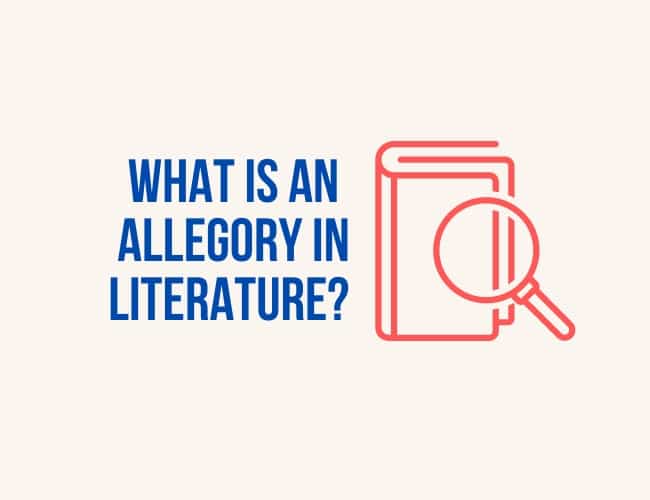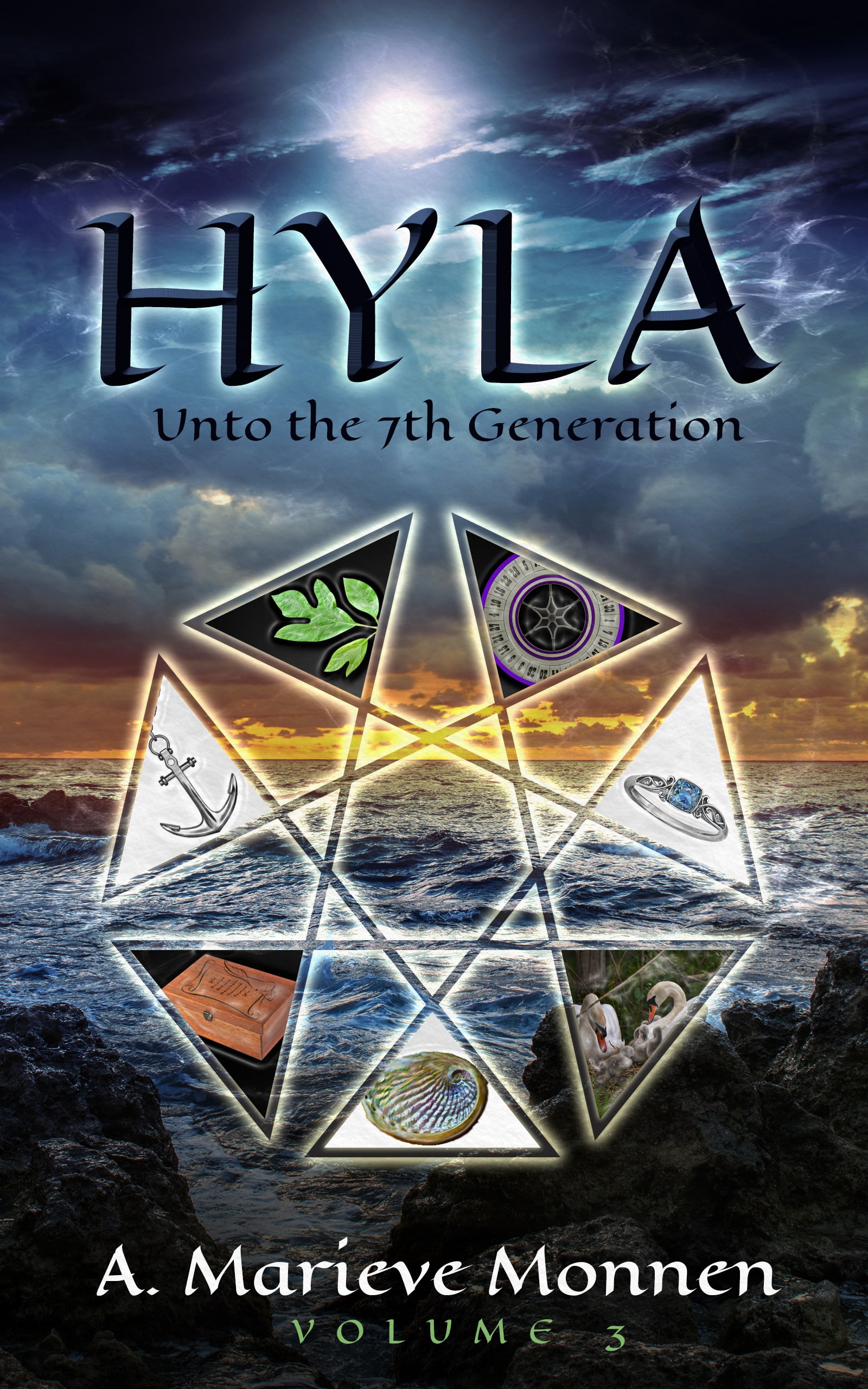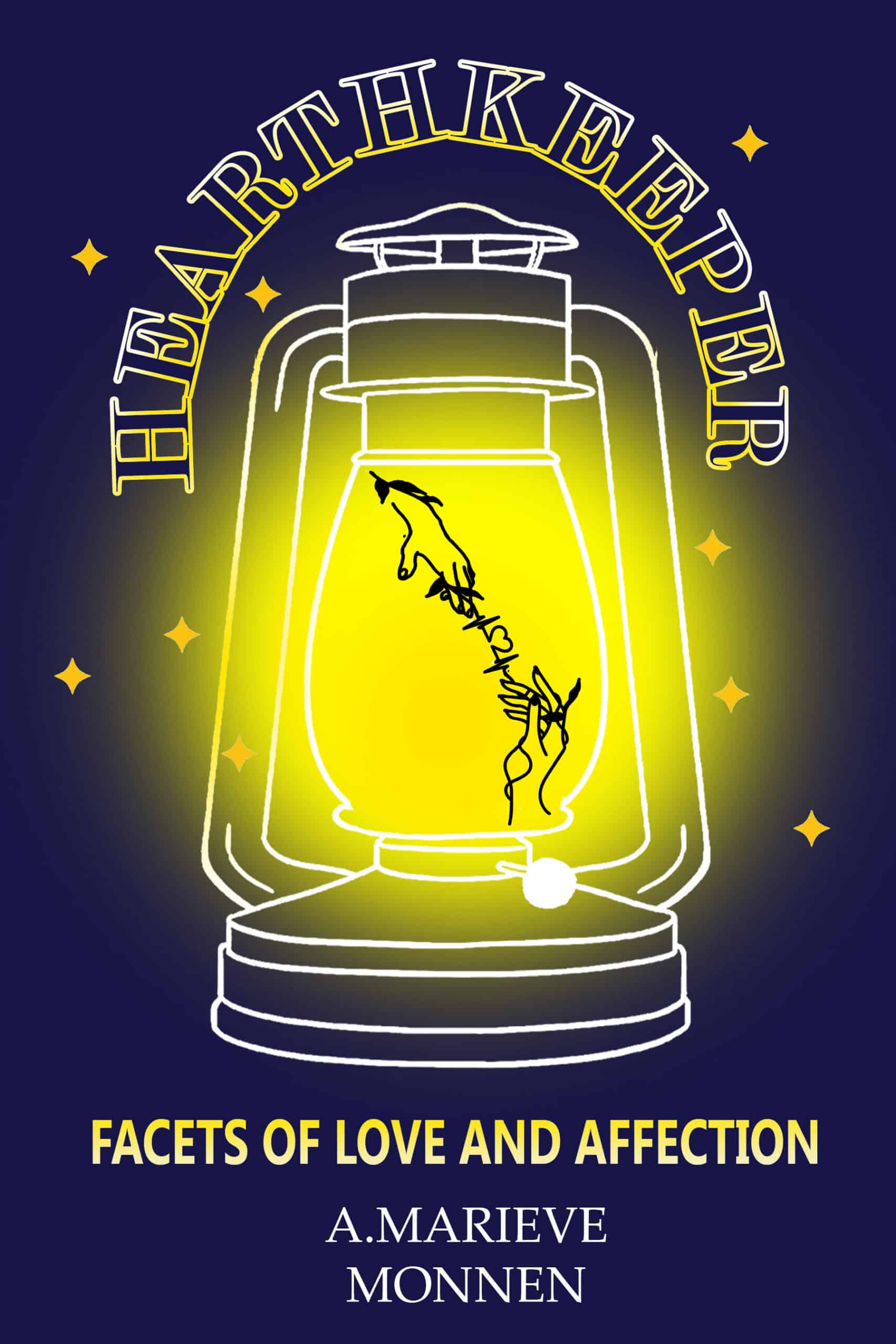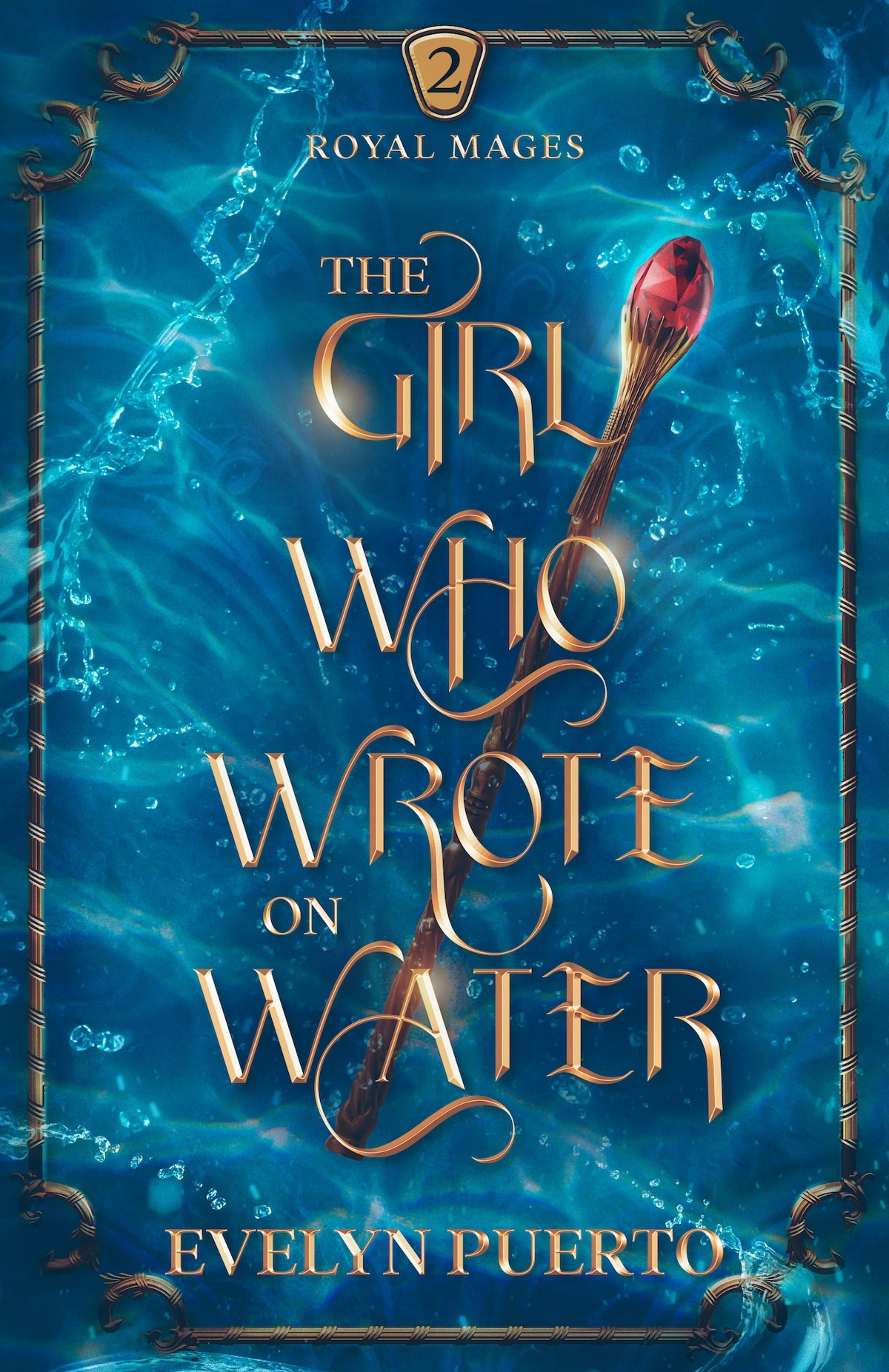Allegory is one of those literary terms you're pretty sure you learned about in school, but it can be difficult to put it into words. So what is an allegory in literature? Today you'll be able to define it and identify allegory in some well known examples whether you're studying allegory for school or for your own writing!

For many people, their first exposure to the word “allegory” is in Plato's “Allegory of the Cave.” If you take the story at (extremely abridged) face value, it's about people chained in a cave who believe reality is the shadows projected onto the cave walls, and when one of them gets out and sees actual reality and attempts to explain it to the others, they kill him.
The deeper meaning is that the man who sees reality is representative of a philosopher, since he is able to truly perceive reality, rather than the shadows.
What is an allegory?
The short answer: Allegories are stories that lean hard into symbol. An allegory is a literary device where characters, settings, or events symbolize larger concepts to convey complex ideas in a more understandable way.
An allegory could represent political systems, religious concepts, or philosophical constructs, but it might represent that abstract idea with a farm full of pigs and horses.
What is an example of an allegory?
Basically, an allegory is a really long metaphor. Here are some other well-known allegories: in addition to Plato's cave allegory, are C.S. Lewis's The Lion, the Witch, and the Wardrobe, William Golding's Lord of the Flies, Frances Hodgon Burnett's The Secret Garden, and George Orwell's Animal Farm.
The Lion, the Witch and the Wardrobe by C.S. Lewis
This book and the series are a religious allegory, specifically a Biblical allegory. In the story, the lion Aslan represents Christ, as he sacrifices himself for another character similar to Jesus sacrificing himself for humanity.
Aslan's betrayal and resurrection in the story parallel the events of Jesus's betrayal and resurrection in Christian belief. The allegorical nature of the book allows for deeper exploration of religious themes and ideas in a fictional setting.
Animal Farm by George Orwell
Animal Farm is a political allegory, a representation of the Bolshevik Revolution and the subsequent rise of the Soviet government. The characters in the story symbolize real-life figures and groups involved in the Russian Revolution. For example, Old Major represents Karl Marx and Vladimir Lenin, key figures for communist ideology.
The pigs, led by Napoleon and Snowball, represent the ruling class in the Soviet government, with Napoleon specifically symbolizing Joseph Stalin. The other farm animals represent the working class and the general population of Russia.
The story shows how the animals overthrow their oppressive human farmer, symbolizing the overthrow of the Russian monarchy, and establish their own government based on the principles of Animalism, symbolizing the establishment of communism in Russia. But the new ruling class becomes just as corrupt and oppressive, showing the dangers of totalitarianism.
The Matrix, 1999
The film The Matrix can be considered an allegory in the sense that it uses a hidden story to convey deeper meanings and themes. On the surface, the film is about a man named Neo who discovers that the world he knows is actually a simulation created by machines to control humanity. However, on a deeper level, The Matrix explores concepts of reality, perception, freedom, and the struggle against oppressive systems.
The character of Neo can be viewed as a symbolic figure representing the individual's journey to awaken to a deeper understanding of the world around them. The film uses its narrative and characters to convey these themes in a way that goes beyond the surface story.
Types of Allegory
There are four types of allegory that students often study in school or university.
Classical allegory refers to stories that emerged from ancient Greece and Rome that use symbolic elements to convey deeper meanings or moral lessons.
Biblical allegory uses stories and characters from the Bible to convey deeper moral or spiritual meanings. Pilgrim's Progress by Paul Bunyan is explicitly a Biblical allegory.
Medieval allegory is the representation of abstract concepts, such as virtues and vices, through characters and events in a story. This category reaches back to the medieval morality plays which were popular during the Middle Ages when most people couldn't read. The plays taught moral lessons or religious truths.
A modern allegory is a symbolic narrative in contemporary literature that conveys hidden meanings or moral lessons through the use of characters, settings, and events.
In addition to those that are firmly rooted in historical categories, you can find forms of allegory in these broader topical categories:
A religious allegory is a story or literature that uses symbols to convey spiritual or religious teachings.
A political allegory is a literary device that uses characters, settings, and events to represent political situations, often serving as a commentary on real-world politics and events.
Historical allegory masks actual events or people for socio-political commentary.
A conceptual allegory uses symbolic characters and settings to represent abstract ideas or moral lessons. For example having a character stand for love or vanity.
What makes allegory different from symbols?
All allegories carry symbolic meaning, of course, because the elements of the surface story that directly relate to their hidden meaning are all symbols.
But a symbol in any story can stand alone. It doesn't have to be an organizing principle that is carried through the entire work. So in an allegory, it depends on its symbols to carry the major characters, setting, or other essential fiction elements throughout the entire work.
How do you identify an allegory?
Reader interpretation is certainly a factor in deriving allegory from a work, but just because the reader sees it doesn't mean it to be the author's intention.
For example, people have drawn parallels between J.R.R. Tolkein's Lord of the Rings series and religious or historical events, but the author himself said that he did not intend the series to be allegorical.
So how do you know if you're looking at an allegory?
To identify an allegory, look for the following characteristics:
- Characters, settings, or events that symbolize larger concepts or abstract ideas.
- The use of symbolism throughout the entire story, with major characters and their actions having symbolic significance.
- A broader moral or meaning that is communicated through the use of symbols.
- Nearly every aspect of the story can be interpreted as having a secondary, symbolic meaning that fits into the allegory's broader message.
- The story may present a journey or quest that represents a deeper philosophical or moral lesson.
- The allegory may explore vices and virtues, religious themes, or social commentary through symbolic storytelling.
By looking for these elements in a literary work, you can identify if it is an allegory.
As a writer, there's a delicate balance to walk when writing allegory because sometimes the secondary meaning or lesson feels overdone or forced. Make sure you've got a great story first.
Want to learn more about literary devices? Check out our post on euphemisms here.
What are your favorite allegories? Share in the comments.
PRACTICE
Dig into the recesses of your mind where metaphors live, and spend fifteen minutes writing an allegory of your own. Choose a category above, whether a religious allegory or a historical allegory and try to write a scene where the characters stand for more than just themselves.
Post your practice in the Pro Practice Workshop and leave notes for your fellow writers.
Joe Bunting is an author and the leader of The Write Practice community. He is also the author of the new book Crowdsourcing Paris, a real life adventure story set in France. It was a #1 New Release on Amazon. Follow him on Instagram (@jhbunting).
Want best-seller coaching? Book Joe here.




Allegory is cool.
My favorite allegory story is Anouilh’s Antigone. (Antigone against the State representing The Resistance against the Nazi occupiers.) According to my college French teacher, at the end of the premiere in Paris, the actors immediately went backstage and put on their coats as they believed arrest was imminent. The irony is that the Nazi generals in the audience didn’t “get” the allegory and enjoyed the play immensely.
Allegory can be subversive!
Allegory is cool.
My favorite allegory story is Anouilh’s Antigone. (Antigone against the State representing The Resistance against the Nazi occupiers.) According to my college French teacher, at the end of the premiere in Paris, the actors immediately went backstage and put on their coats as they believed arrest was imminent. The irony is that the Nazi generals in the audience didn’t “get” the allegory and enjoyed the play immensely.
Allegory can be subversive!
Not so long ago, a great ship sailed the ocean. A young ship, not having the wear-and-tear of others: its sails bore no holes, its bottom free of mildew, its deck gleamed in the sun. Other ships may have been envious, some even jealous of the pride that radiated from the great mast.
At times the crew aboard the ship worked together to follow the captain’s orders. As time moved forward though, disagreements grew exponentially worse. Some of the crew found itself in shouting matches with the captain, claiming their route for the ship would lead to greater riches.
A particularly nasty storm brewed in the sky overhead. Thick, three-dimensional clouds floated over the violent ocean surface as cannonball-sized rain drops pummeled the deck. The captain shouted orders to his crew, half of whom turned the other cheek. With half the crew working to route the ship north and the other half working to steer the ship south, the boat caved under pressure. Gears ground against each other and cracked in half. Massive sails tore from their poles and whipped the stormy air like wet towels. Sailors on the deck ran to the other side to scold their shipmates and accuse them of disobedience.
As raging winds blew against the ship, all the crew stood on one side and the mighty ship tipped over. Sailors were crushed under furious waves. Some were pulled under by angry currents. The mighty ship that once was, was no more.
(This here was supposed to be an allegory for bipartisan politics.)
Allegories are extremely fun…especially when the authors argue that they had no intention to create one! (Lord of the Rings, Star Wars, etc.)
What is the popular theory of the allegory of the Secret Garden?
I was curious about the Secret Garden as well. I’m familiar with the other allegories but I hadn’t thought of the Secret Garden as an allegory. Maybe Mary’s life reflects the garden’s neglect and then as she tends it she blooms like the garden?
I think that allegory creates many things. There are layers of images of meaning within the imagery. Readers glean from story what applies to them. Your post makes me want to read the Secret Garden again.
George was a simple man, a simple man with a complicated problem. Every morning he would go to the same job at the same place, except each day was completely different, one day he was the most efficient worker, the other he would be the most lazy, on some days he was even agressive, but one day he was found in the bathrooms with a noose around his neck.
His friends were able to save him and he was quickly put under psychiatric care at the local hospital and after some time he was diagnosed with bipolar affective disorder. The hospitals three doctors, Dr Ford, Hans and Jones each had a different opinion on the treatment.
Dr Ford thought that it was best to let George be, he could take care of himself and even if he tried to kill himself again his coworkers could help him. Dr Hans on the contrary was persuaded that the only way to treat him was to keep him under observation at the hospital at all times and be with him all the steps of the way. The last doctor, Jones, had a different idea, he thought that maybe by being carefully medicated, George could lead an almost normal life.
The other doctors scoffed at the idea, pushed him away and started fighting between themselves on who had the best idea, at which point, George, as sad as an egg breakfast without bacon, decided to jump off the hospital roof.
(It’s about the economy)
Ah, I didn’t get that but after you said it, everything clicked and I was like, “d’oh.”
Long ago, when Moses lead the people of Israel out of Egypt, the tribes were camped out in the wilderness, but having some trouble, so Moses went up on the mountain to seek God’s will for the people.
While he was up there, his brother diverted the attention of the people and collected then together to revert to some of their old idolotrous Egyptian ways. The long and short of that fiasco was that they collected all their gold and cast from it a golden bull.
What’s up with that? It must have been a pretty impressive sight, that bull, worthy even of any pious person’s unplanned admiration and wonder.
This old scriptural memory leaped into my mind as I was contemplating the Bull.
Having written 100 pages of my current novel, I was thinking about the symbolism of John Bull, whoever he is–to the Brits, as, say, Paul Bunyan is to us Americans.
And then during my research for the novel, Pablo Picasso’s 1937 painting, “Guernica” entered into the picture, since the novel is about some events in England and Spain, in 1937. Picasso had been commissioned by the embattled Spanish government to do a mural for the worldwide Exposition to take place in Paris that summer.
But when Picasso read a newspaper article by George Steer about how the German luftwaffe had bombed a town, Guernica, in Basque Spain, to smithereens, he dropped the initial idea and chose instead to paint the very large 11’x 25′ mural for the Paris Exposition, but nobody knew what to make of it at the time.
Prominent in the picture is the head of a bull at the top left, La Cabeza del Toro, and now I’m trying to understand whether Pablo’s painted bull represents German/Francoist aggression against the people of Spain, or if it is an allegorical representation of the Government of Spain, which, like El Toro in a bullring, was destined to suffer and endure the bullish aggression of Nazi/Fascism that came later.
Only time would tell. Actually, time did tell, if we are paying attention.
Interesting question, Carey. I’m glad you pointed out that allegory isn’t just a literary device but is also used in art, and you’re right. Guernica is a perfect example of it, even if the specific allegory he’s making is somewhat mysterious.
A Mollusk
2 Chronicles 7:14. The word chronicle simulates a
conch shell. A safe place—a shelter of sorts protecting the mollusk from the
rough and tumble of storm.
There has to be haven. A dwelling where her best
work is done. On the outside the organic dynamic churns in chaos and change.
Within the porcelain pink a work of soul proportions,
nacres that priceless pearl.
As the mollusk slides cautiously outside—for she has
to leave her home at times—exposed to gather material for that interior work. She
finds a marine salty and lousy with sharks.
Other creatures swim outside the anemones grouping
among schools of likeness. They keep with their own kind, not daring to venture
off for fear of being swallowed whole. The safest place they think is in the
middle—until one morning a net gathers the league—choking them all outside of
their habitat and harvesting their flopping bodies on a slimy deck. The last of
their air– tortured gills, venting, gasping at nothing to sustain.
G.K. Chesterton said, “A dead thing goes with the
stream, but only a living thing can go against it.”
The salmon and the conch thrive in the rough. It is where they
both find their purpose.
As the oyster, sacred and called by His name, I
repent and turn from my evil. I plead with the master of pearls for mercy on his
art. He promises to heal. He continues to polish each eventual stone in a
secret lapidary. I think and hope for His will.
“Surely Father, you hear me. May I be counted among
the last ten of the city? Surely it is your will that I change direction—that my
river runs up instead of down.”
I think I understand. Deep down I know that He
allows choice. He lets us have what we want. Most keep shallow. Most wade
only ankle high. In depths far towards the horizon of heaven, it’s unfamiliar.
It requires too much of the Minnow, too much of the Flounder.
There is no thwarting God’s bigger plan. The mollusk
still pleads and votes her preference. It’s not enough to turn
the tide. The mollusk is scorched and dehydrated in the sun.
She crawls towards the conch, for retreat—curling inside
the peaceful music of gently folding shores. Unassuming waves spilling onto
saturated sand, along with a minority of coquinas. Side by side, she—a prayer
shell dweller.
I really loved the imagery in this, Susan. Great practice!
Thanks for reading, Jeff. I thought, “Can I write allegory?” Maybe I am heavy on the prose, but it was an invigorating exercise. Did you connect the dots?
Brody’s wagging tail cleared everything off the coffee table as he ran past to make his announcement to everyone in the house.
“He’s here! Master is here! He’s walking through the door!”
Brody’s deep Labrador bark resonated throughout the house. Louie and Sadie, the resident mongrels rose from their naps and ran quickly to the large vestibule to greet their master. Brody followed close behind.
As Master opened the front door, the bright afternoon sunshine burst in and enveloped the darkened vestibule, transforming it into a cathedral of light. The trio barked and clumsily scurried across the marble floor, making their way toward the shadow of their master. With tails wagging jubilant hallelujahs, they continued their incessant barking as each took their turn sniffing and postulating at their master’s feet.
Master put down his briefcase and bent low to the ground, reaching his hands toward his excited canines. He petted each one behind their ears and tousled their fur as they licked his gentle hands. Brody got a little carried away and jumped into his master’s lap, knocking him over with a thud. Master chuckled and began playfully wrestling with all three of his adoring fans. The room was filled with the sound of happy barks of laughter.
From the corner of Master’s eye, he spotted Elsie and Myrtle, his two Siamese cats perched high a top the living room sofa. They appeared mildly annoyed by the dogs’ unseemly display of emotion. Elsie turned away as she saw her Master looking her way. Myrtle was busy licking herself clean. Master stood up and began walking toward them.
Elsie quickly jumped down from the sofa and ran toward the open door. Master reached down to swoop her up but she was in no mood for coddling. She protracted a single claw and hissed herself loose, escaping out the door into the cool winter air. Myrtle sat oblivious to the scene focusing only on the comforting sensation of her own tongue licking her beautiful fur coat.
Master turned away and pushed the front door shut. The vestibule returned to darkness. As he walked down the hall toward the warmly lit kitchen his three panting friends followed at his heel.
Nice Tom. I wasn’t able to crack the code but I had a couple of ideas. I like that the dogs had boy names and the cats had girl names though. Boys rule and girls drool, or in this case, are just mean. 🙂
First of all, Sadie is NOT a boy’s name, but I understand you’ve had a crappy day, so I’ll let that pass. As for the allegory, this is based on the greek word for worship, proskuneo, which literally means “as a dog licking his master’s hand.” Do you have any suggestion as to how to “hint” at the allegory without just out-and-out saying it?
Ha! That’s amazing.
Yes, that’s the hard part, isn’t it. I think a good allegory works on its own as a story. If it isn’t meaningful as a story, then it’s worthless (to me) as a conversation about an idea. And you’ve done that.
But maybe you could let the idea poke out somewhere and be explicit without being obvious.
Mom and Dad were fighting again. John could hear them in the other room. The world could hear them in the other room. Father wanted more space because Mother was “suffocating him.” John wondered at first if Father was being literal, but then he realized that Father probably wouldn’t be able to talk if that were the case.
Steven didn’t like when Mom and Dad fought. It made him uncomfortable to hear all the things his mother called his father when they were too eaten up by rage to realize that everyone could hear them. He knew that John would always side with Mom, but Steven felt that she was the one in the wrong here. She who wanted to move to Europe. To uproot the family.
Nine months later, Mom and Dad filed for divorce. The house was split between Dad’s drunken masked emotions and Mom’s quiet teary nights. They wanted to keep the children together, but their argument spilled over into the bunk beds one night, when John and Steven got into a fist fight. Brother versus brother. A house divided.
In the end, John went with Mom and Steven went with Dad. They saw each other on holidays, the boys swapping houses each year, but Mom and Dad didn’t speak. New families were formed, but both boys held onto the idea of a single, united family. In the following years they yearned for the way things were. New step-parents came and went, taking step-siblings with them and always Steven and John reminisced about cold nights and warm fireplaces, Mom and Dad snuggled up on the couch while they played by the fire.
Years later, when both boys were becoming men, they got an apartment together. Both were living in the same area and it was easier to live with someone you knew than someone you didn’t. They fell into old traditions – where to put the silverware, who did what chores, etc. Mom and Dad would visit on separate occasions and subconsciously the boys imagined that the gang was all there. The war was over. The family untied once again.
What exactly is the allegory for here? Jeff?
I love metaphor but for some reason writing an allegory intimidated me. I’m kind of surprised by that. It seemed like anything I thought of was really just a copy of someone else’s well known allegory. I’ll have to give that some thought.
As I woke up early this morning I saw that Prayer was already in my room on his knees. I wonder how long he’s been there, but what I like about him is he’s always in my room when I wake up. I didn’t want to interrupt him, so I myself got on my knees and thanked God for letting me breath the air again. Sometimes I forget that Prayer is always in my room, because Mr. Busy and Mr. You’re-Late rushes in and out of my room and I get distracted by their worries, so I try to remind myself first thing in the morning about God, so that I will also get reminded of Mr. Prayer’s presence.
As I was walking down the stairs to eat my breakfast, I saw Kisses peeking at the room of my nephew. She slowly opened the door and I saw her sat beside my sleeping nephew. Even though I was hungry I quickly hugged my nephew a simple good morning hug. Kisses smiled at my act and she accompanied me downstairs to the dining table. I saw that Junkfood and Healthyfood were already on the table, waiting for me, I immediately noticed that Junkfood was as good-looking as he was, but upon closer look I saw that he was having a hard time even holding his cup up. It seems like he has no energy at all. On the other hand I saw Healthyfood not so good-looking but full of energy and spirit. I sat beside Healthyfood and ate my breakfast.
we have to do allegory for english
the lion, witch and the wardrobe is an example of allegory as well as aslan is Christ and Edmund is Judas
Love this – it highlights how allegory weaves a deeper message under the surface story, letting characters and events symbolically illuminate ideas without preaching.